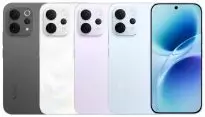History of Sony Walkman: Iconic Portability
13.01.15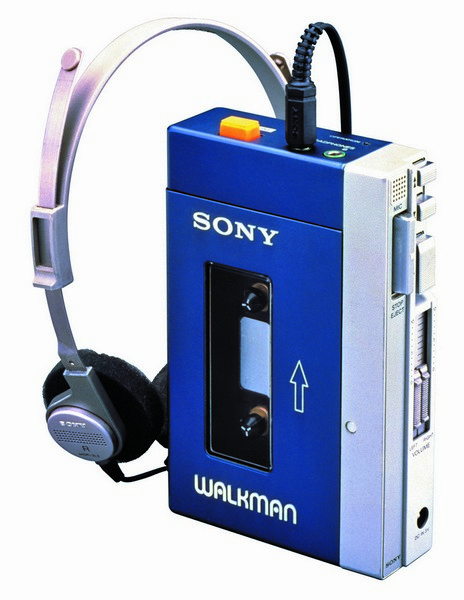
The first compact audio players appeared 35 years ago. But despite all the efforts of competitors who produced similar devices, it was Sony’s equipment that became the very basis of the portable audio device industry. Why are the devices of the Japanese company so popular with users?
Today, portable music players are commonplace, even to some extent turning into a specific habit (after all, smartphones are now replacing many digital gadgets). But in those distant pre-Internet and pre-digital times, when personal means for listening to music were a novelty and not accessible to everyone, the iconic Sony Walkman appeared.
The first portable cassette players went on sale 35 years ago, on July 1, 1979. The cost of these devices at that time was $150. Sony corporate legend says that a few months before the release of the player, Sony co-founder Masaru Ibuka asked company employees to create a compact music device that would allow him to enjoy his favorite opera compositions on the road and during international flights. The Sony TC-D5 cassette player that existed at that time, according to Ibuki, was bulky and inconvenient.
The task was assigned to Sony designer Norio Oga, who after some time presented to the director the first prototype of a device based on the Sony Pressman cassette player with a recording function, and then, just four months later, assembled the first original Walkman model ready for sale.
The Walkman cassette player had a disappointing first month of sales for the company. Of the 30 thousand copies created, only 3,000 were sold in July 1979. However, thanks to an innovative advertising campaign at that time (Sony representatives simply began offering to listen to music to anyone on the streets of Tokyo), sales rose sharply, and by the end of August of the same Sony was able to sell all the copies of this player that were in warehouses.
Fun fact: Morita didn’t like the name Walkman, so he asked that it be changed. But the company’s young co-chairs told him that the advertising campaign was already using the Walkman name and changing it would be too expensive. Thus, Morita agreed to keep the previous name.
Stereobelt and lawsuits
The first personal portable stereo audio player (called Stereobelt) was created by German-Brazilian inventor Pavel Andreas back in 1972. Pavel received a patent for Stereobelt in Italy in 1977, then filed applications in the USA, Germany, Great Britain and Japan in 1978.
In 1979, Sony began selling the subsequently popular Walkman, and in 1980 began negotiations with Pavel regarding licensing fees. In 1986, Sony finally agreed to pay Pavel royalties, but only for sales in Germany and only for some models, on the condition that he was not recognized as the inventor of the device.
In 2001, Pavel threatened Sony with lawsuits in every country in which he patented his invention. The corporation decided to resume negotiations with the inventor, and an agreement was finally reached in 2003. The exact amount that solved the problem is unknown, but the European press stated that Andreas received cash in excess of $10 million and is currently also receiving royalties from Walkman sales. The agreement includes a provision that avoids new lawsuits from Pavel.
The agreement also stipulates that Paul is the inventor of the device; this fact was recognized only after the death of Sony founder Akio Morita.
However, due to Sony’s much greater popularity, the Walkman name is now part of pop culture and is known to many more people than the Stereobelt.
Period of Prosperity
The professional version of the Sony Walkman that records on cassettes is the Walkman Professional WM-D6C. It was released in 1984 and was comparable in recording and playback quality to many of the best non-portable tape recorders. Unusual for a portable device, the Walkman Professional had a bright LED and manual recording level control, and was equipped with a quartz-controlled drive and amorphous drivers. Powered by four AA batteries, it was widely used by journalists and became popular among hi-fi enthusiasts (one of Henry Rollins’ albums was recorded on a Walkman Pro).

The Walkman Professional WM-D6C model was one of the most popular and was sold for almost 20 years
In the 1980s, various models of the Walkman line were created, to suit a variety of tastes – both with a different set of functions (reverse, analogue or digital receiver, equalizer, etc.), and design, with different color options.
Against the backdrop of stiff competition, most notably from Toshiba (Walky), Aiwa (CassetteBoy) and Panasonic, towards the end of the 1980s Sony raised the bar again with the WM-DD9, released in 1989, the tenth anniversary of the Walkman (and five years later after WM-D6C). It was the only Walkman with auto-reverse, using two motors (only one motor worked, depending on the side of the tape being played at the moment), a drive system similar to high-quality consumer cassette decks, guaranteeing high precision tape advance with a high-precision digital speed stabilization system on quartz oscillator.
The player was also equipped with an amorphous driver (reproducing the full frequency range of 20–20,000 Hz), a gold-plated headphone jack, and had a thin aluminum body. Power consumption has also been improved – only one AA battery is required.
Sony designed this model with audio quality in mind, so it didn’t have any features like an in-line remote control, pause search, or LCD display. The only functions (also aimed at improving playback quality) are the Dolby B/C noise reduction system, selectable film type, as well as a Mega Bass/DBB bass enhancement system and two auto-reverse modes.
On July 1, every five years (from the release of the Walkman in 1979 until 1999), Sony celebrated the release of a new cassette player model with new capabilities. Each new model has improved capabilities while maintaining the characteristics of previous models.
- WM-701S – with remote control and a body coated with a thin layer of sterling silver (1989);
- WM-EX1HG – with extended battery life and cassette ejection (1994);
- WM-WE01 – with wireless remote control and wireless headphones (1999).
By the end of the 1990s, the cassette Walkman had ceased to be improved in favor of emerging digital technologies – CD, DAT and MiniDisc. After 2000, cassette Walkmans and their clones, having reached technological peaks, began to become obsolete, and the compact cassette format was gradually replaced. However, Sony still continued to produce cassette Walkmans.
End of tapes
And in 2004, on the 25th anniversary of the Walkman, Sony did not show off a new cassette player model, but produced the hard drive-based SZ-HD1, officially signaling the end of the compact cassette format (Sony had previously released two models, but these were MiniDisc players).
The last cassette Walkman, the WM-FX290, was released in North America and began selling in 2002. It had a digital radio with AM/FM and TV bands and ran on a single AA battery.
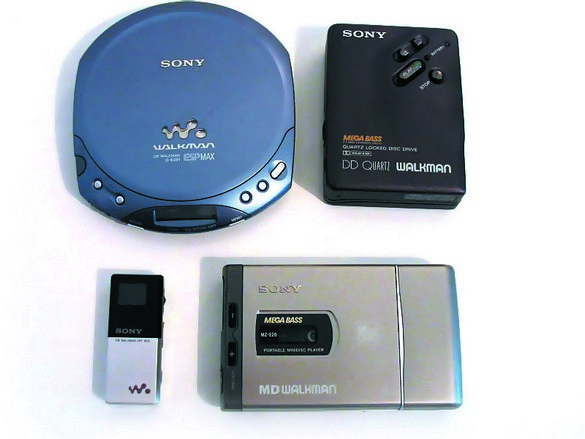
Walkman line 2006
Until 2009, despite a fairly large decline in the popularity of cassette machines, models with intuitive controls (WM-GX788, etc.) were available in some countries, such as South Korea and Japan. These models had polymer batteries (in the form of a piece of chewing gum), better sound quality than cheaper models, an automatic search function for songs on the tape, and auto reverse.
As of spring 2009, Walkman sales (except WM-EX651) were discontinued in South Korea. In Japan, the last batch of cassette players was released in April 2010, after which the production of these once popular devices almost completely ceased (in China, Sony plans to produce small batches intended for fans of this technology). In total, about 200 million Walkman cassette players have been produced since the start of production of the first model.
However, the name of this brand is still alive and is used both in the production of new MP3 players and in the Sony Walkman application. The Walkman’s golden days are most likely over, of course. However, the habit and opportunity that he gave us – to listen to music anywhere and anytime – we all still have and are not going to go anywhere.
Post-cassette chronology

In 1992, the company introduced the new MiniDisc (MD) audio format and released this MD player, the MZ-1, that same year.
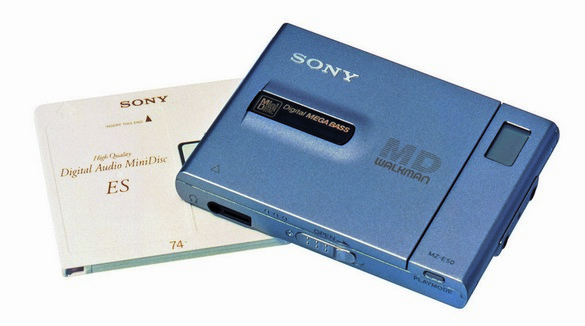
Four years later, the company introduces the new MiniDisc format. From this point on, Sony’s Walkman players begin to shrink significantly in size.
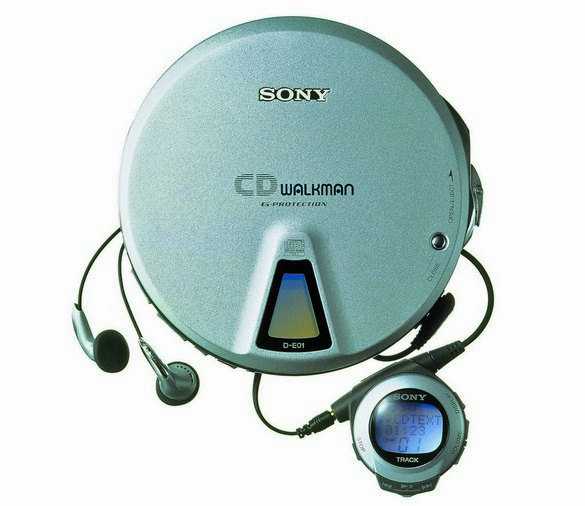
The first Sony Discman player was released by the company back in 1984. However, in 1999, it was decided to rename this line “CD-Walkman”.
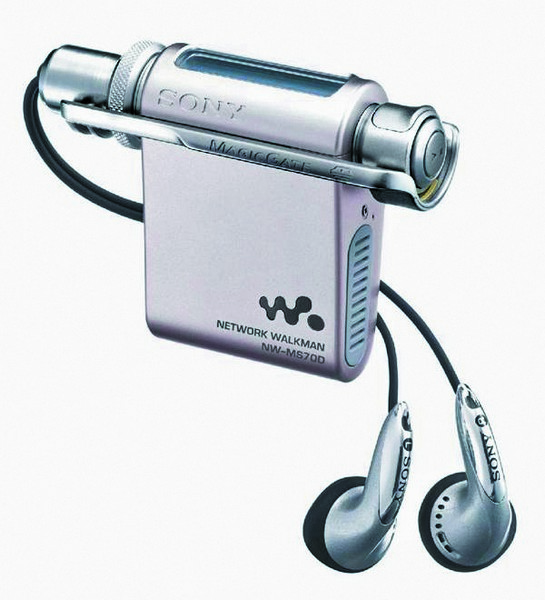
Sony began using flash memory for music storage in the early 2000s. This 2003 Walkman had 256 MB of built-in flash memory and supported memory cards.
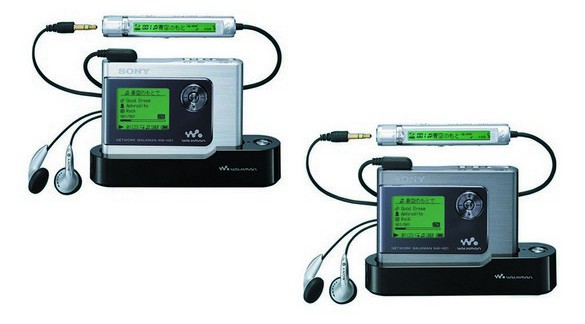
The flagship Walkman MP3 player since 2004 has had 20 GB of free space for recording music and offered 30 hours of listening time. However, the price of $400 did not allow it to seriously compete with the iPod player that appeared on the market, whose price tag was around $299.
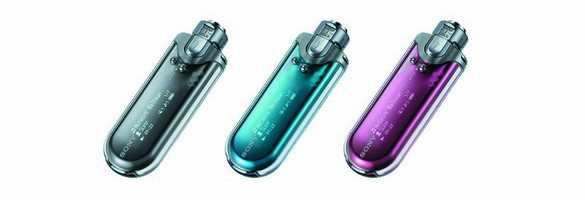
Sony admits that the design of this MP3 player, released in 2005, was inspired by a perfume bottle. The very compact player had 512 MB of internal memory for storing music.
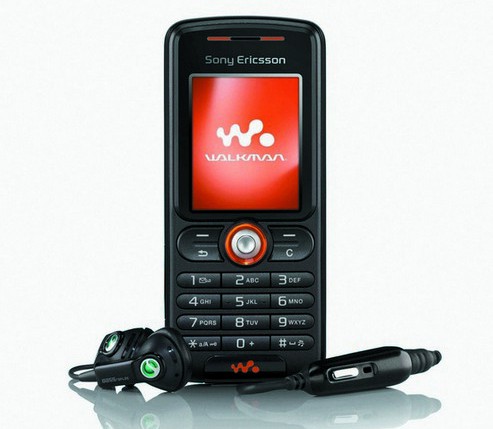
The first Walkman W200 smartphone was released in 2007 and contained all the key features that allowed owners to enjoy MP3, MPEG-4 and H263 audio directly on the phone.
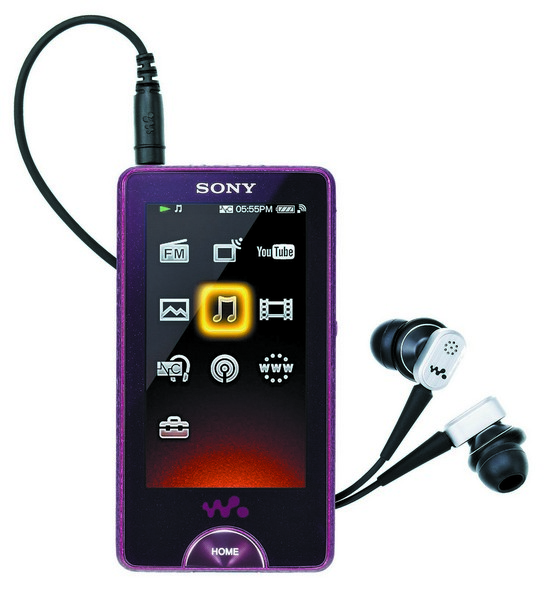
The first touchscreen Walkman player of the new NW-X series was presented at the international electronics exhibition in 2009. Unfortunately, the model did not become popular.
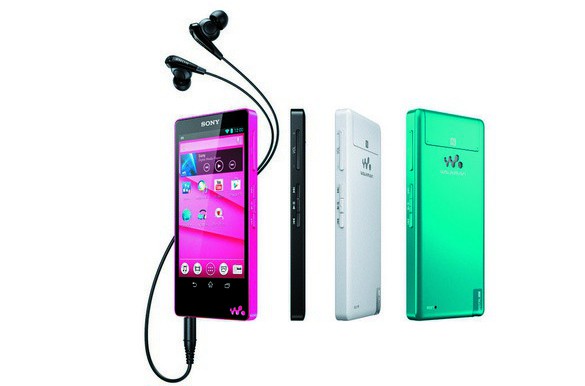
The first Walkman audio player with a high-resolution screen was the NW-F880. It was released for sale in 2013.
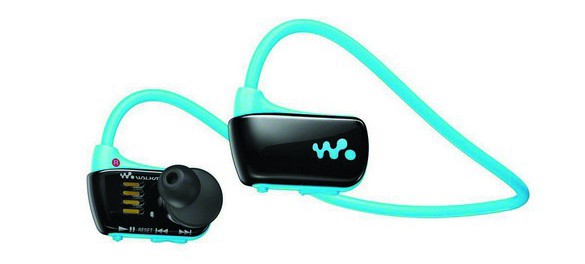
Sony got carried away with the waterproofing of its gadgets and introduced an ultraportable MP3 player in the form of headphones. As an advertisement, the company sold these players inside plastic water bottles.
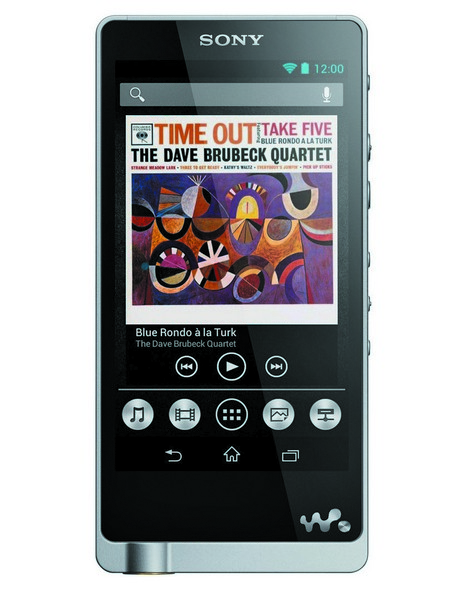
The modern version of the Sony Walkman player looks like this.
Also, we once tested the brainchild of the Walkman division in the form of headphones with an integrated mp3 player. What came out of this – read in our test Walkman NWZ-WH303

Editor
Don't miss interesting news
Subscribe to our channels and read announcements of high-tech news, tes
Oppo A6 Pro smartphone review: ambitious

Creating new mid-range smartphones is no easy task. Manufacturers have to balance performance, camera capabilities, displays, and the overall cost impact of each component. How the new Oppo A6 Pro balances these factors is discussed in our review.
Editor’s Choice 2025. Best devices of the year by hi-tech.ua

The best gaming laptops, mice for work, gaming keyboards, smartphones, and wireless headphones of 2025. Among them, we will highlight the most interesting ones and those that we can recommend buying.
Over 19,000 games were released on Steam in 2025, half of which players didn’t even notice games Steam
In 2025, more than 19,000 games were released on the Steam platform – this is new record for the service and more than last year, when 18,559 releases were recorded.
Vivo S50 smartphone has Snapdragon 8s Gen 3 and 6500 mAh battery smartphone Vivo
Vivo S50 features a 6.59-inch AMOLED display with a 120Hz refresh rate and is powered by the Snapdragon 8s Gen 3 processor. The RAM is 16GB.






